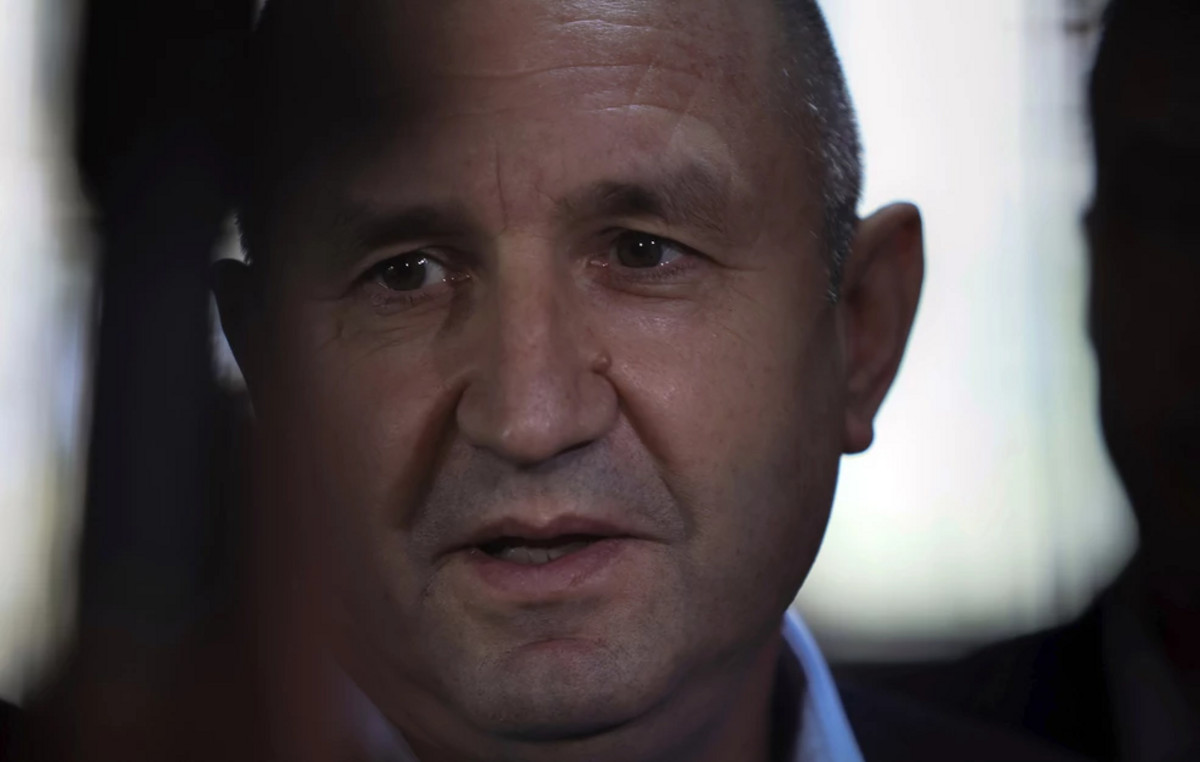While the media continues to try to find out the status of the romantic relationship of Megan Fox and Machine Gun Kelly, the American actress was spotted at the Coachella Festival without her boyfriend, smiling and with the blue hair of a blue fairy. Ex-wife of Brian Austin Green (David from Beverly Hills 90210), Megan Fox was recently a guest of Alex Cooper, the host of podcasts Call Her Daddy.
During the interview, the actress – who had a physically and verbally abusive stepfather – she recalled the first time a man hit hercommenting: «You go into freezing mode, but at the same time you feel like reassuring him, telling him that everything will be fine».
Megan Fox then explained that after being the victim of physical and verbal violence by a man (whose identity the actress did not want to reveal), her brain learned to defend itself through compartmentalization mechanism: «Unfortunately we get used to violence, the brain is tamed and tends to compartmentalize and normalize what happens».
Instagram content
This content can also be viewed on the site it originates from.
Megan Fox and the mental mechanism of compartmentalization
Compartmentalizing Emotions Like Megan Fox: What Exactly Does It Mean? And how does this process happen? As underlined by Dr. Giacomina Morante, psychotherapist of Santagostino Psyche«all human beings are predisposed to survival, for this reason when faced with an experience of danger and threat they instinctively tend to defend themselvesin order to save themselves. When the experience of danger involves intense emotions and calls into question our safety system, it is possible that it is frozen through defensive avoidance strategies. This mechanism allows the person to focus on the tasks of daily life (for example work, home, relationships, raising children). The memory of repeated negative experiences associated with avoidance strategies, which bring relief, and simultaneously ensure survival through focus on daily functions, it can involve the division of the personality into different parts or dissociative subsystems: the part committed to defending itself (which retains the traumatic experience and the intense emotions associated with it) and the part oriented to the present, committed to managing the functions of everyday life. The mental and behavioral avoidance that leads to compartmentalization is intended to protect the person from extreme emotions connected to a traumatic experience, both at the moment in which it is experienced and when, in moments subsequent to the episode, it is remembered”.
There are subjects more predisposed to self-defense with compartmentalization
«Compartmentalization is a mechanism that is easily found in people who are victims of repeated traumatizationin people who have been victims of abuse or neglect during developmental age, especially if the perpetrator is a caregiverr, i.e. an emotionally significant figure for the child (for example a parent, a relative or a teacher). In these cases the caregiver, who should be a source of security and tranquility, is at the same time an element that arouses fear: this condition can lead to the division of the personality into separate and autonomous parts» explains Dr. Morante.
What are the risks of compartmentalization and how to overcome this pattern
«One of the greatest risks of compartmentalization is that the person is structured in a stable way to function in a compartmentalized manner» warns the expert. «When this happens, adaptation to the experience and challenges, in terms of positive evolution and elaboration of experiences, is lost. This condition in turn determines a stable inability to realize thoughts, emotions and sensations connected to life experiences; sometimes it can lead to an absence of memory relating to specific experiences or parts of them. In some cases the division of the personality into compartments can be very complexso much so that it becomes permanently structured into a personality disorder (borderline personality disorder, dissociative identity disorder).” In practice, how can this pattern be broken? «People who develop a functioning pattern like the one described often show signs of marked suffering. In these cases, a targeted therapeutic intervention is useful and necessary. The objective of therapeutic work is twofold: process traumatic experiences and, at the same time, bring the divided parties closer togetherwith the aim of integrating them and allowing the person a healthy and functional adaptation to life experiences.
EMDR (Eye Movement Desensitization and Reprocessing) is a very effective tool for treating trauma and post-traumatic symptoms. THEIts use within a psychotherapy process can be of great help for the processing of traumatic experiences, to facilitate adaptation to daily challenges and to integrate the divided parts of the personality”, concludes the doctor.
Source: Vanity Fair
I’m Susan Karen, a professional writer and editor at World Stock Market. I specialize in Entertainment news, writing stories that keep readers informed on all the latest developments in the industry. With over five years of experience in creating engaging content and copywriting for various media outlets, I have grown to become an invaluable asset to any team.







